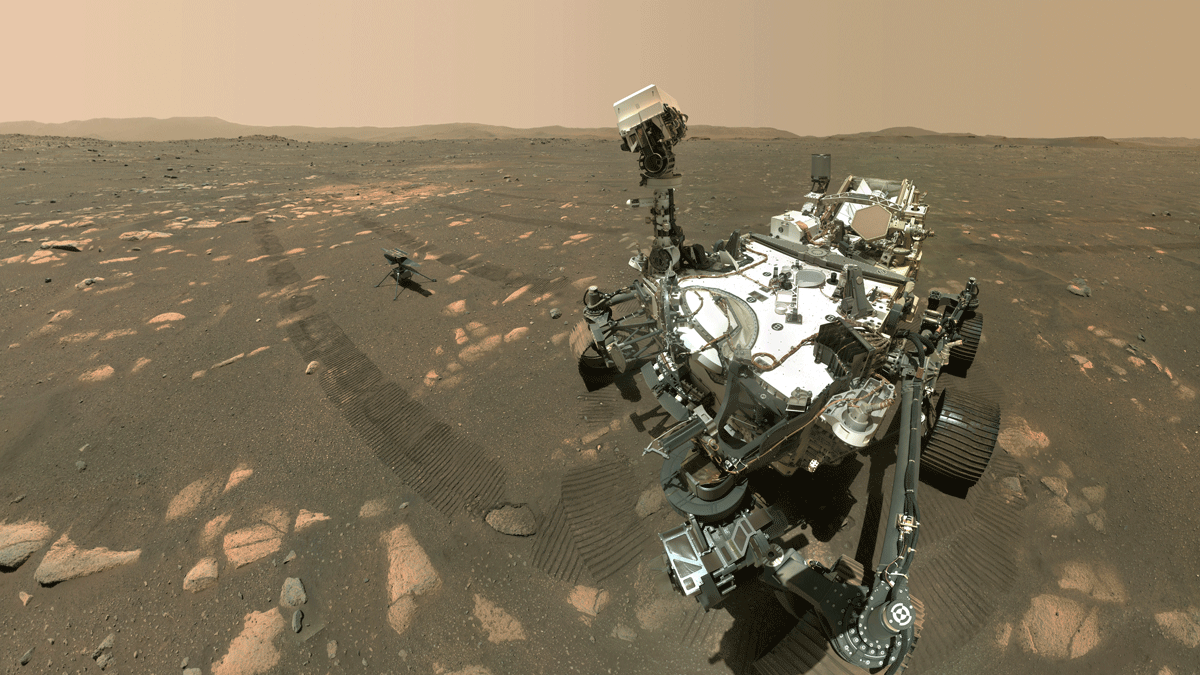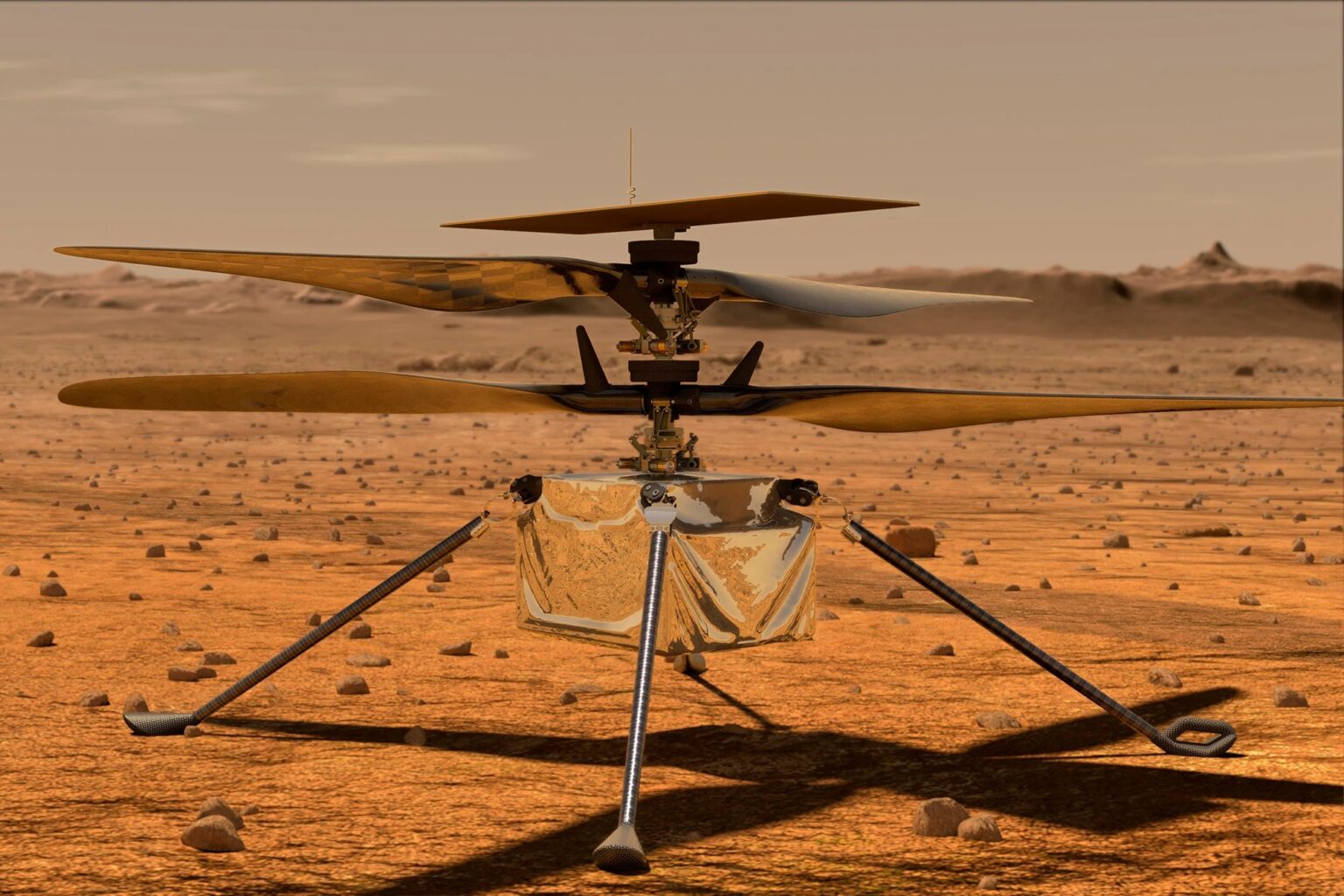Exactly one year ago, on April 19, 2021, the aircraft flew over the surface of Mars for the first time. This historic vehicle is NASA’s Mars Ingenuity helicopter. It was delivered to the Jezero crater on the Red Planet together with the Perseverance rover on February 18, 2021. A little more than two months later, the 1.8 kg spacecraft took off in the Martian atmosphere, hovering above the surface of the planet at an altitude of 3 m. The place over which the first flight was made is called the Wright Brothers Field — the inventors of the first airplane in the history of mankind.

With this 39-second departure, Ingenuity showed that air flights are quite possible on Mars. And this is despite the fact that the atmosphere of the Red Planet is less than 1% of the density of the Earth. While Perseverance’s mission is to search for evidence of life and collect samples, Ingenuity’s goal is more modest, but no less important — to prove that flights in the less dense atmosphere of another planet are possible. The aircraft was designed for five flights over 30 Martian days, or sols. One sol is little longer than an Earth day — about 24 hours and 40 minutes. But the helicopter turned out to be surprisingly resilient — for a full earth year it made 25 successful flights and 45 minutes of total flight time. And this is not the limit.
Ingenuity Records
The Ingenuity team tested the helicopter’s capabilities during its extended mission. For example, during its 25th flight, which took place on April 8, the device overcame 704 m and reached a maximum speed of 19.8 km/h — both of its personal records. The helicopter took on reconnaissance functions as well: aerial observations from the rotorcraft now help the Perseverance team plan the safest and most efficient routes and identify potential scientific targets.

Ingenuity’s durability and adaptability are a testament to the robust engineering and creativity of the NASA team. For example, the helicopter’s navigation software was designed to work only with flat, relatively safe terrain. But it turned out to be reliable and flexible enough to allow Ingenuity to fly over rough terrain, such as the dune-strewn area of the Southern Seith of the Jezero Crater.
The future of flight missions on Mars
During the year of their stay on Mars, a team of NASA engineers uploaded several software updates to the helicopter. But mostly they served to fix minor problems that arose here and there. Therefore, Ingenuity remains in good health and will be able to fly for some time, helping Perseverance explore the delta of the ancient river in the Jezero crater.
Ingenuity’s work lays the groundwork for even greater Martian aerial feats in the future. For example, engineers are already developing larger successors — rotorcraft that could independently explore Mars. It is hoped that the future Martian helicopter will be able to fly kilometers at a time without being tied to the rover, and carry a payload of scientific equipment.
Recall that earlier MRO saw the Ingenuity helicopter on the surface of Mars.

